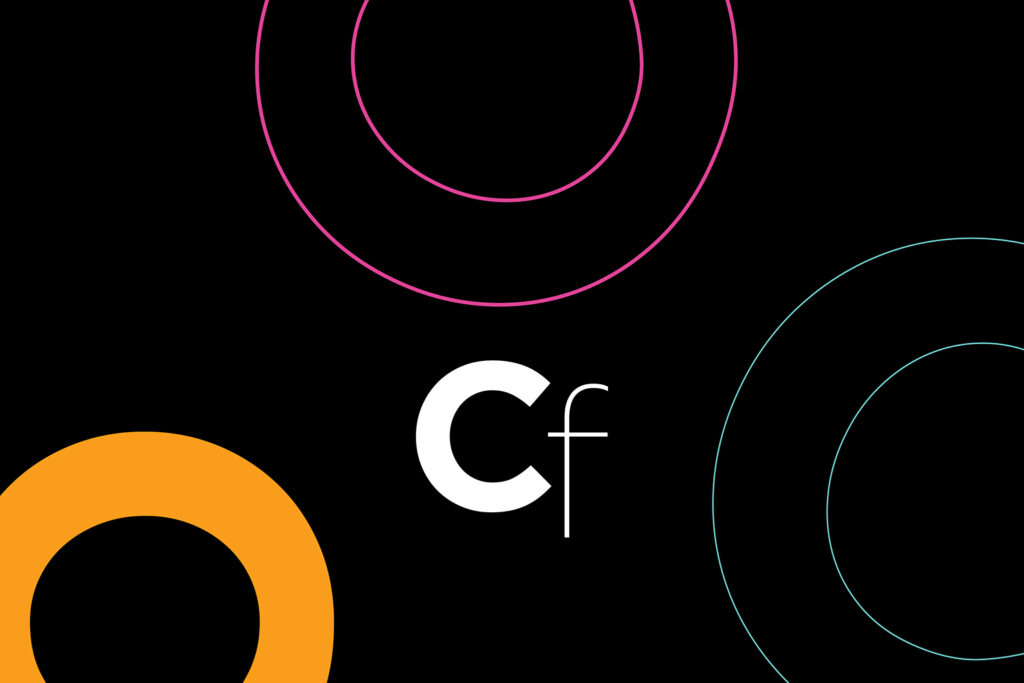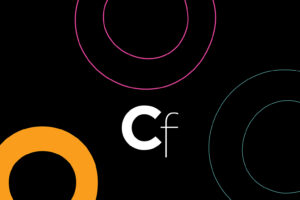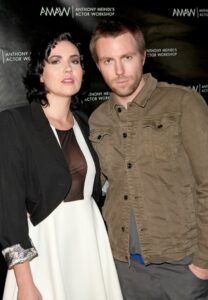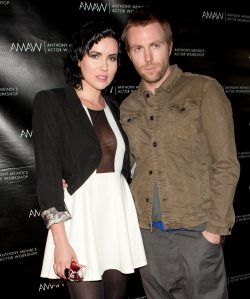May Marquee Auctions Start Slow and Steady, With a Few Surprises

Editor’s Note: This story originally appeared in On Balance, the ARTnews newsletter about the art market and beyond. Sign up here to receive it every Wednesday.
As the art market has muddled through its years-long slump of late, the marquee auctions have become exercises in damage mitigation. Collectors seem content to remain on the sidelines while the auction houses hustle to coax them back into the game, whether as consignors or bidders.
That’s one major reason why Christie’s guaranteed all 39 lots in its inaugural sale of the season, “Leonard & Louise Riggio: Collected Works,” on Monday night. The strategy might not be sexy, but it worked: the sale brought in $272 million, against a low estimate of $252 million. The 20th century art sale that followed brought in an additional $217 million on a low estimate of $194 million, with 15 of the 35 lots carrying third-party guarantees. (All quoted prices include buyer’s fees.)
“There’s less excitement for people in the salesroom, but guaranteeing lots is a natural choice in an uncertain economic market, especially for the major estates,” said Jussi Pylkkänen, former global president of Christie’s and founder of the London-based advisory Art Pylkkänen, speaking to ARTnews on Tuesday.
To Pylkkänen, the number of works going to third parties in Monday’s sale signaled “incredibly precise judgment and performance” by Christie’s specialists in pricing the works—even if the estimates were “strong.”
“Bear in mind, the third parties are bidders and real collectors, and they’re buying at the prices recommended by the house,” he said.
Piet Mondrian’s Composition with Large Red Plane, Bluish Gray, Yellow, Black, and Blue (1922), which once adorned the vestibule of the Riggios’ Park Avenue apartment, stole the show. While it fell short of the artist’s $51 million auction record, it came close: the $47.6 million sale marked the third-highest price ever paid for a Mondrian at auction.
Pylkkänen said the result reflected current demand for “beautiful objects as opposed to more intellectual works.”
“For both the day and evening sales, the most attractive objects by major artists are eliciting more competition than usual,” he added, citing a Henri Matisse charcoal on paper that sold well above its high estimate during Christie’s day sale of Impressionist and modern works on paper on Tuesday.
Christie’s 20th century art evening auction was led by Claude Monet’s Peupliers au bord de l’Epte, crépuscule (1891), which fetched $49.2 million—just shy of its $50 million high estimate. Mark Rothko’s No. 4 (Two Dominants) [Orange, Plum, Black], 1950–51, from a group of nine works consigned by Sid and Anne Bass, brought nearly $39 million.
In total, the two sales generated $489 million for Christie’s—not a result to sniff at in a soft market. Afterward, Rachel White Young, co-head of the 20th century art evening sale, said she was “thrilled by such a positive reception from the market.”
Alex Glauber, founder of New York–based AWG Art Advisory, characterized the night as solid—but more respectable than exceptional given current conditions.
“Christie’s had the unenviable task of going before Sotheby’s this week,” he told ARTnews, noting that going second often allows for adjusted expectations and estimates. “What’s clear is that we’re still in a tempered environment, and the house had to manage its risk accordingly—which it did with a lot of third-party guarantees.”
Guarantees may ensure sold lots, but the downside, Glauber reminded, is “toned-down bidding activity.”
Still, Monday wasn’t without drama. Two Warhols were pulled from the sale before they reached the block. Philip Hoffman, founder and CEO of the Fine Art Group, told ARTnews in an email that the withdrawals “highlight the ongoing challenge of selling higher-quality works at auction.” More sellers, he added, are turning to the private market.
Tuesday brought another example of the risks involved in selling top-end works without a guarantee. The cover lot for Sotheby’s modern art evening sale—Alberto Giacometti’s much-hyped Grande tête de Diego (1955)—carried a $70 million estimate but no third-party backing. Sotheby’s chief auctioneer and Europe chairman Oliver Barker opened the bidding at $59 million and nudged it to $64 million before withdrawing the lot after four minutes with no sale. (It’s believed the reserve was set at the $70 million estimate.)
The sale brought in $186.4 million across 60 lots, half of which were fresh to market. Fifty works sold, and 40 percent of them exceeded their high estimates. Pablo Picasso’s Homme assis (1969) achieved $15.1 million (high estimate: $18 million), while Georgia O’Keeffe’s Leaves of a Plant (1942) attracted nearly 30 bids before selling for $13 million (high estimate: $12 million). A Frank Lloyd Wright double-pedestal light fixture—shaped like a miniature Art Deco gazebo—softened the blow of the unsold Giacometti. It fetched $7.5 million, four times its last auction price in 2002.
Giacometti aside, the result was solid given the cool market, as was the case at Christie’s the night before. But did Sotheby’s benefit from going second, as Glauber and Pylkkänen suggested?
After Tuesday’s sale, Julian Dawes, Sotheby’s head of Impressionist and modern art, declined to speculate.
“The fact is that—with catalogues out in good time, and with long-running pre-sale exhibitions—collectors have the full picture before the season starts, so their plans are largely made well before the first hammer falls,” he told ARTnews. “Ultimately, we’re always happy to see strong results anywhere in the market, and there have been a good number this week, including in last night’s sale.”
The picture at Phillips, however, was less rosy. On Tuesday, its modern and contemporary evening sale brought in $52 million—exactly the low estimate. But enthusiasm should be tempered: that total represents a 40 percent drop from last May’s $86 million equivalent.
Despite the soft result, Phillips set five new artist records, all for women. They included ones for Kiki Kogelnik, with a figurative painting by her selling for $280,000—nearly double its high estimate—and Ilana Savdie, who had a painting that sold for $180,000 (high estimate: $100,000).
With evening sales still to come tonight and Thursday, we sit squarely at halftime. While surprises are always possible, the remaining auctions are likely to follow the prevailing narrative: “steady, still stratified, and leaning hard on proven names,” as ARTnews’s Daniel Cassady and Karen Ho wrote on Monday.



